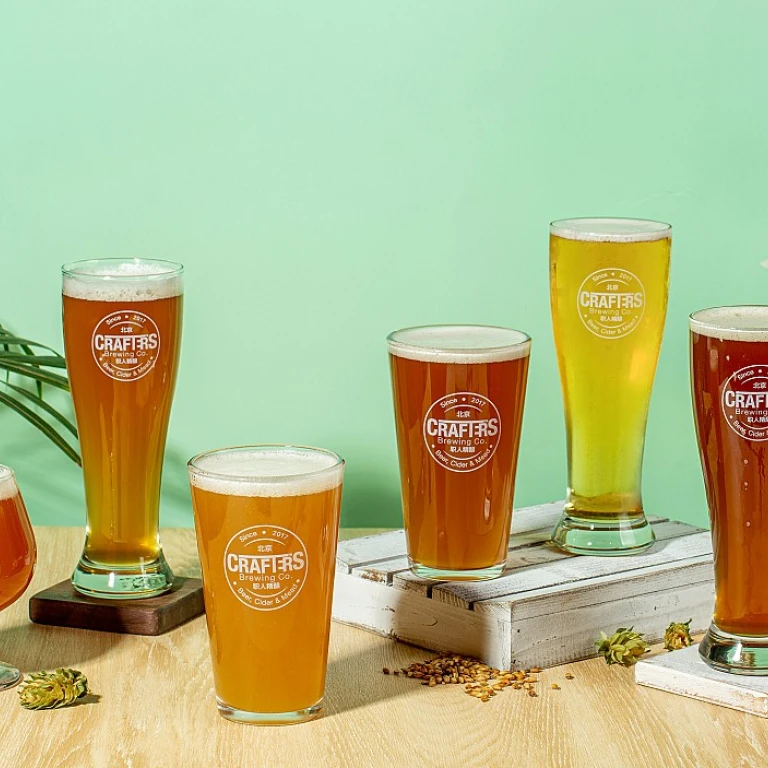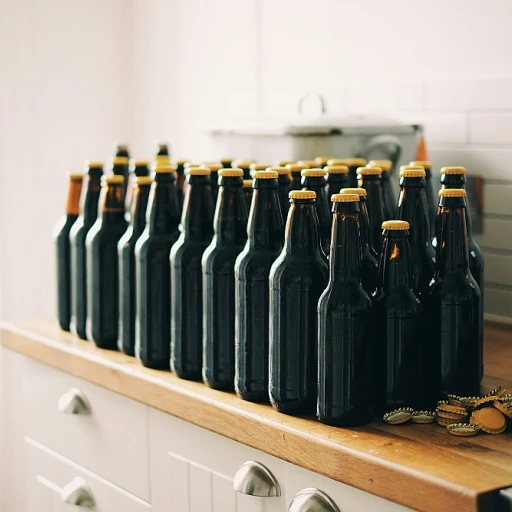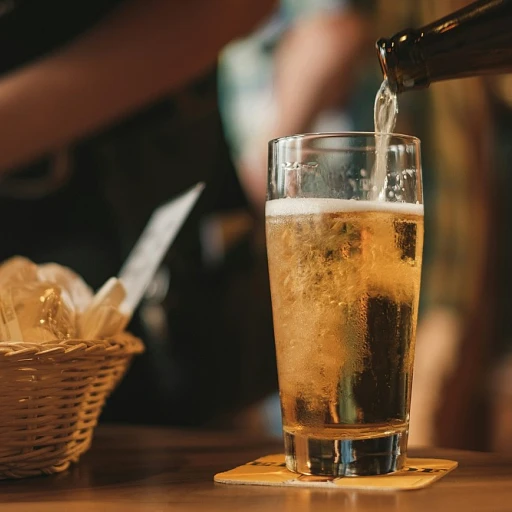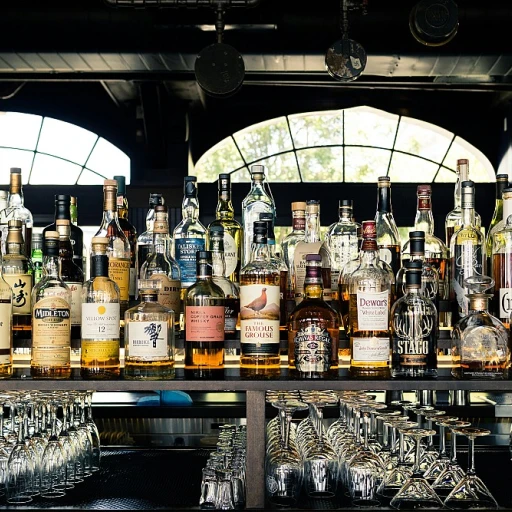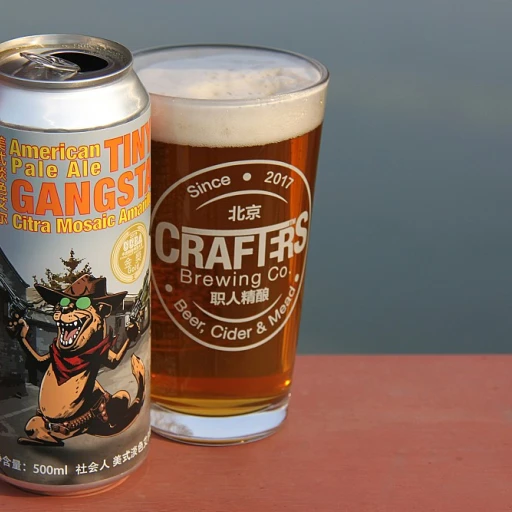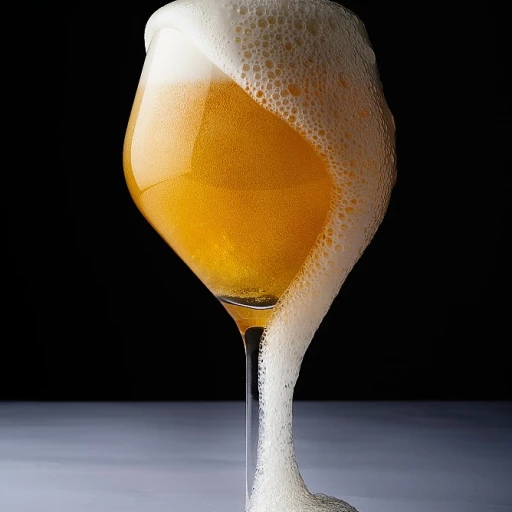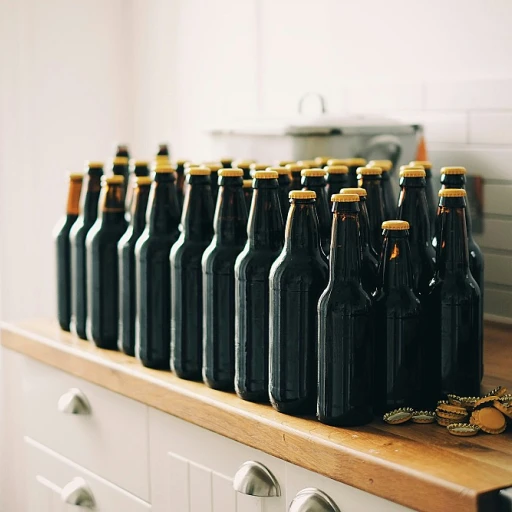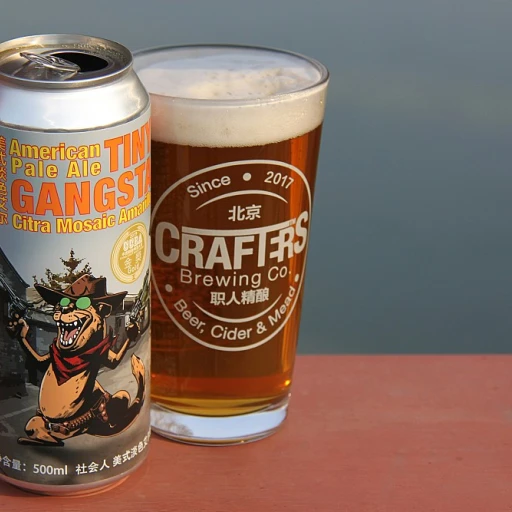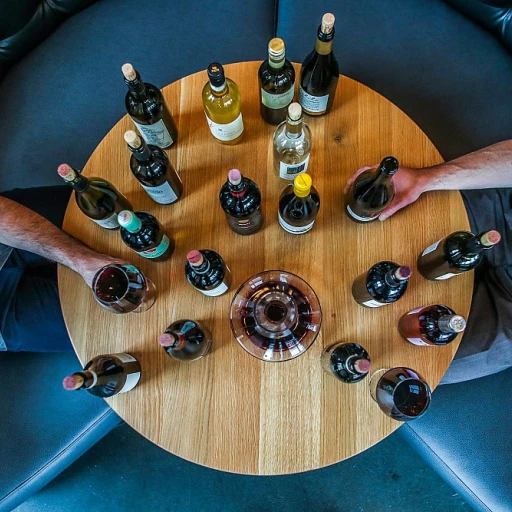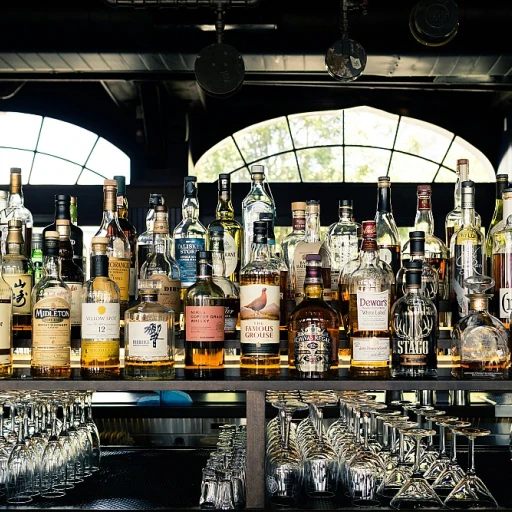
A Brief History of Pale Ales and IPAs
The Origins of Pale Ales
Pale ales have a storied history that traces back to England, where they emerged as a refined and flavorful option to satiate beer lovers. These ales became popular due to the use of pale malts, which presented a lighter color than the darker beers common at the time. Eventually, pale ales carved out their own distinct spot in the tapestry of English brewing tradition.The Rise of India Pale Ales
India Pale Ales, popularly known as IPAs, have a fascinating backstory that intertwines with global trade routes and creativity in brewing techniques. Originally crafted to withstand long sea voyages, especially to the British colonies in India, IPAs were brewed with a higher alcohol content and elevated hop levels. This ensured preservation over long transportations.Comparison and Evolution
Over time, both pale ales and IPAs have undergone significant changes. From traditional English roots to various craft beer adaptations around the world, these beers have delighted taste buds in unique ways. Today, IPAs are known for their bold flavors and noted hop intensity, offering a broader range of choices than the classic pale ale. To delve deeper into understanding the difference between IPA and pale ale, explore how these celebrated styles have adapted to meet modern beer enthusiasts' preferences.Flavor Profiles: What Sets Them Apart?
Distinctive Taste Qualities: What Makes Them Unique?
India Pale Ales (IPAs) and Pale Ales both boast vibrant flavors, but some subtle nuances distinguish these two delightful brews.- Hops Galore: IPAs are renowned for their bold hop profiles, which can range from floral and citrusy to earthy and piney. The increased hop content gives these ales a distinct bitterness, making them a favorite amongst hop enthusiasts. Pale Ales, on the other hand, tend to have a more balanced hop presence, offering a mild bitterness that complements the malt character without overshadowing it.
- Malt Influence: While both styles incorporate malt to provide a backbone, IPAs typically exhibit a lighter malt profile, allowing the hops to shine. Pale Ales, conversely, feature a more prominent malt character, contributing to a gentle sweetness and a fuller body which can round out the hop flavors.
- Aromatic Appeal: Aromas play a crucial role in the tasting experience. IPAs are often celebrated for their attention-grabbing aromas, with notes of tropical fruit, dank herbs, and resinous pine. Pale Ales offer a subtler fragrance, often characterized by hints of biscuit, caramel, and a touch of fruitiness.
Brewing Techniques and Styles
Methods of Creating Two Celebrated Beers
Both pale ales and India pale ales (IPAs) have distinct brewing techniques that contribute to their unique characteristics.- Brewing Basics: At their core, both pale ales and IPAs start with a similar base of malted barley, yeast, water, and hops. However, the choice of malt and the selection and quantity of hops make all the difference.
- Pale Ale Process: The brewing of a pale ale tends to focus on balance. Pale ales typically utilize a moderate amount of hops during the boiling process, which leads to a more subtle hop flavor. This allows the malty sweetness to shine alongside the hops.
- IPA Methodology: When it comes to IPAs, hops take center stage. Breweries often use techniques like dry hopping, where hops are added after the boiling process, to intensify the hop aroma and flavor. This layering technique can often lead to the boldness and complexity that IPAs are known for. For those interested in exploring the rich flavors and different brewing methods, the article on the rich flavors of Poretti beer can offer further insights.
- Regional Variations and Experimentation: Many brewers love experimenting with their batch of pale ales and IPAs. From East Coast to West Coast, you might find variations in bitterness, malt profiles, and even additional ingredients such as fruit or spices added to various brews.
Alcohol Content and Hop Bitterness
Comparing Strength and Bitterness
When it comes to alcohol content, India Pale Ales (IPAs) tend to sit on the stronger side compared to pale ales. The range for IPAs can often span from 5% to over 7% ABV (alcohol by volume), while pale ales usually hover around 4% to 6% ABV. This elevated alcohol level is an outcome of both the historical intention to preserve the beer, as discussed earlier, and the modern preference for more robust flavors.
Hop bitterness is another defining characteristic that differentiates these two popular styles. IPAs are renowned for their pronounced hop bitterness, which can sometimes extend to a citrusy or piney flavor profile. Depending on the variety used, some brewers push the bitterness envelope, resulting in an intense hop experience. Pale ales, on the other hand, maintain a more balanced approach with their hops. They have a noticeable hop presence but it’s often more moderate, allowing for a smoother taste overall.
The distinct differences in alcohol content and hop bitterness between these beers play a huge role in what the best choice might be for an individual's palate. Whether you’re looking for a milder, easy-drinking brew or a hop-forward, high-ABV adventure, understanding these unique characteristics can guide you to the perfect choice.
Choosing Your Brew: Personal Stories and Recommendations
Finding Your Perfect Brew
Choosing between an India Pale Ale (IPA) and a Pale Ale can be a delightful journey of discovery. Both styles offer unique experiences, and your choice might depend on your mood, the occasion, or even the season.
For those who enjoy a more robust and hoppy flavor, IPAs might be the way to go. Their higher hop content and often higher alcohol levels provide a bold taste that pairs well with spicy foods or a hearty barbecue. If you’re someone who enjoys experimenting with different flavors, IPAs offer a wide range of options, from fruity to earthy notes.
On the other hand, Pale Ales are often more balanced and approachable, making them a great choice for those new to craft beers or those who prefer a milder taste. Their versatility makes them a popular choice for casual gatherings or as a refreshing drink on a warm day.
Personal stories often highlight the journey of beer enthusiasts who started with Pale Ales and gradually developed a taste for the more intense IPAs. It’s all about exploring and finding what suits your palate best. Whether you’re enjoying a quiet evening at home or hosting a lively get-together, there’s a brew for every moment.
Remember, the best way to find your favorite is to try different styles and brands. Visit local breweries, attend beer tastings, and don’t hesitate to ask for recommendations. Each sip is a step closer to discovering your perfect brew.

